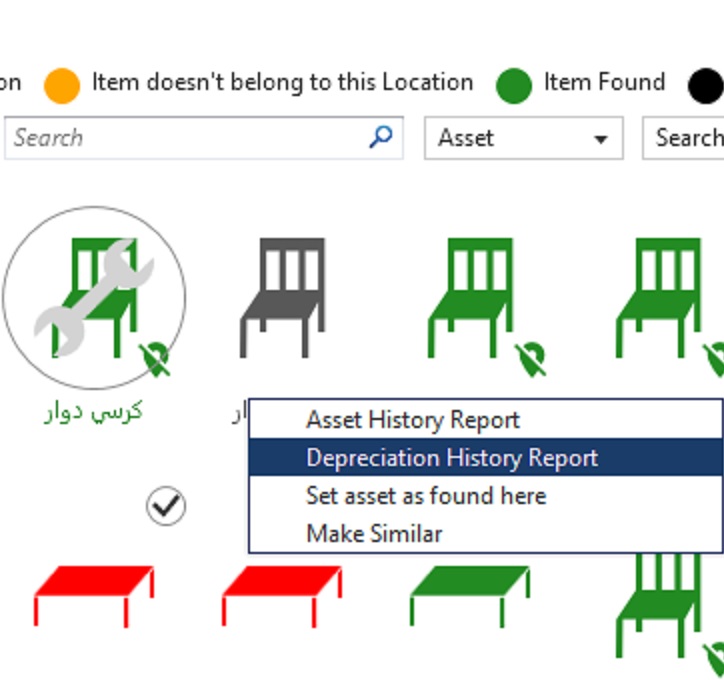In today’s data-driven business world, knowing what assets you own, where they are, and how they’re being used is no longer a luxury—it’s a necessity. Yet many organizations, especially in complex sectors like healthcare, hospitality, government, and education, still struggle with fragmented or outdated asset tracking systems.
What Is Asset Visibility?
Asset visibility refers to the ability to track, monitor, and manage assets in real time across their entire lifecycle—from acquisition to disposal. It provides a transparent, accurate view of physical resources, powered by technologies like RFID, barcodes, GPS, and fixed asset management software.
Why It Matters So Much
Here are the top reasons why asset visibility should be a top priority in your organization:
1. Reduces Loss and Theft
One of the most immediate benefits of asset visibility is the significant reduction in asset loss. Whether it’s hospital equipment, hotel furniture, or government devices, real-time tracking ensures every asset is accounted for—reducing the risk of theft, misplacement, or unauthorized movement.
2. Improves Financial Accuracy and Compliance
Fixed assets usually represent 30-50% of a company’s total capital investment. Inaccurate records can lead to misstated financials, compliance risks, or tax penalties. Asset visibility ensures your general ledger matches reality—improving audits, depreciation calculations, and financial reporting.
3. Boosts Operational Efficiency
When employees waste time searching for tools, machines, or documents, productivity suffers. With asset visibility, teams spend less time locating assets and more time using them. Maintenance, check-in/check-out, and inventory processes become automated, faster, and more accurate.
4. Supports Predictive Maintenance
Visibility means knowing not only where an asset is, but also its status. This allows for proactive maintenance scheduling before failure happens—extending asset life and avoiding costly downtime.
5. Enables Better Strategic Planning
With a clear overview of asset utilization and performance, decision-makers can identify underused assets, plan future investments more accurately, and optimize resource allocation. This leads to smarter capital planning and better long-term ROI.
6. Simplifies Regulatory Compliance
For heavily regulated industries, asset visibility is a foundation for compliance. Whether it’s ISO standards, financial audits, or ministry-level reporting, having traceable, time-stamped records helps organizations stay compliant with confidence.
7. Enhances Accountability Across Teams
When assets are traceable, so is responsibility. Visibility fosters a culture of accountability and ownership, ensuring departments manage their resources wisely. It’s not about surveillance—it’s about stewardship.
Real-World Example
Consider a hospital managing thousands of medical devices. Without asset visibility, items like infusion pumps or portable scanners may be hoarded in departments or simply forgotten in storage. With an RFID-powered system, they are always visible, locatable, and optimally used—saving time, money, and even lives.
Final Thoughts: Don’t Let Assets Go Dark
In an age where data is king, dark assets—untracked, misplaced, or unmonitored—can drain your resources and stunt growth. Asset visibility isn’t just about control; it’s about empowerment, foresight, and operational excellence.
At Tragging, we believe visibility is the foundation of effective asset management. Our solutions are built to bring transparency, efficiency, and intelligence to your asset operations—no matter the industry.




